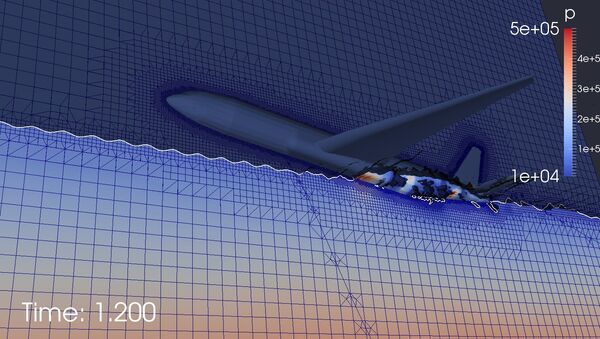The study will attempt to determine the way some of the recovered parts of the plane crossed the ocean following the crash, according to an operational search update released on Wednesday. In particular, research will focus on the drift path of an MH370 flaperon, a wing part found on Reunion Island off Madagascar coast last year.
"On its own this information will not be able to identify the precise location of the aircraft," the center wrote. "It is hoped, however, that when added to our existing knowledge and any future learnings a specific location of the aircraft will be able to be identified."
The notification also reported that the search efforts will be prolonged into December 2016, from an original deadline set for the end of summer.
Two survey vessels are expected to continue work, the Fugro Equator and the Dong Hai Jiu 101. The first is already in the search area, and the second is being readied for its mission, the report specified. The investigators aim to launch Remotely Operated Vehicles (ROV) from Dong Hai Jiu 101 to search for debris in October, if weather conditions allow.
Flight MH370, a Malaysian Airlines Boeing 777-200ER, en route from Kuala Lumpur to Beijing, disappeared from radar on March 8, 2014. The plane, carrying 227 passengers and 12 crew members, is presumed to have crashed in a remote stretch of the southern Indian Ocean some 1,800 kilometers west of Australia. Extensive scanning of the projected crash area has not produced results.




